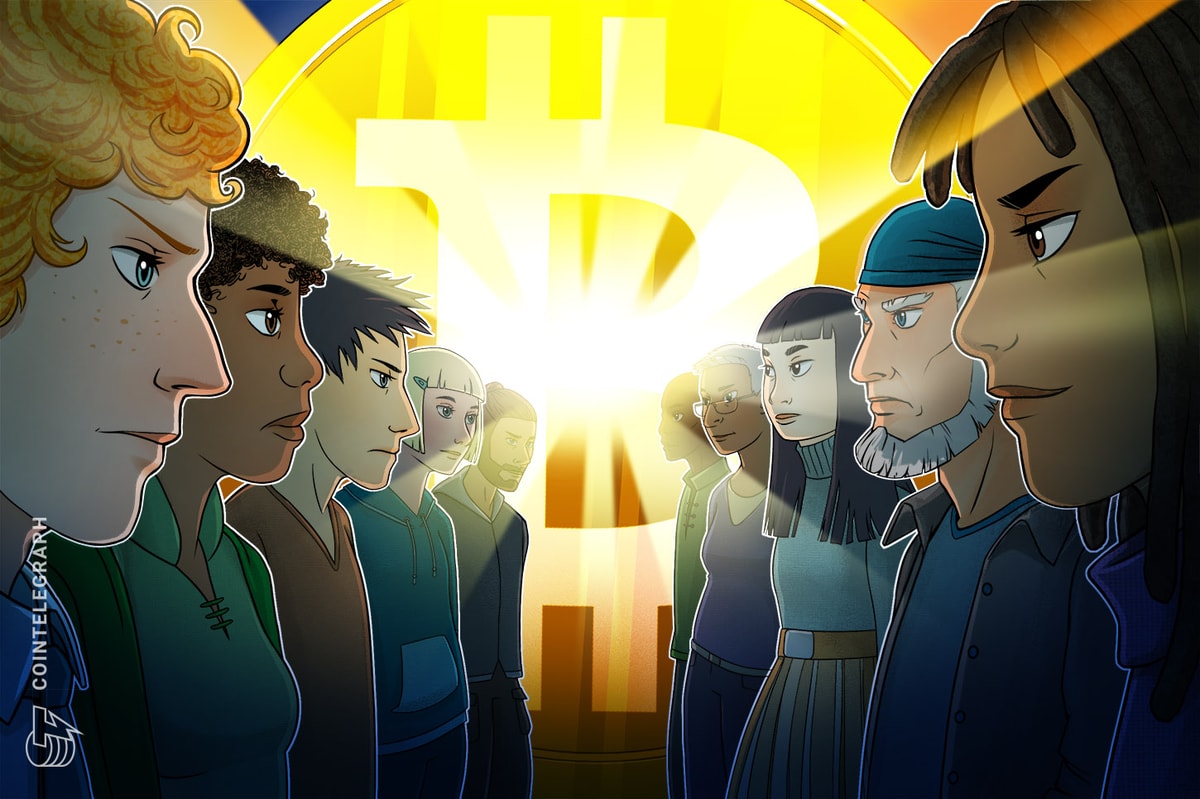Regardless of Bitcoin’s 2.2% features on April 1, BTC (BTC) hasn’t traded above $89,000 since March 7. Although the latest worth weak spot is usually linked to the escalating US-led world commerce battle, a number of components had already been weighing on investor sentiment lengthy earlier than President Donald Trump introduced the tariffs.
Some market members claimed that Technique’s $5.25 billion price of Bitcoin purchases since February is the first cause BTC has held above the $80,000 assist. However, no matter who has been shopping for, the fact is that Bitcoin was already exhibiting restricted upside earlier than President Trump introduced the ten% Chinese language import tariffs on Jan. 21.
Gold/USD (left) vs. Bitcoin/USD (proper). Supply: TradingView / Cointelegraph
The S&P 500 index hit an all-time excessive on Feb. 19, precisely 30 days after the commerce battle started, whereas Bitcoin had repeatedly failed to carry above $100,000 for the earlier three months. Though the commerce battle definitely affected investor danger urge for food, sturdy proof suggests Bitcoin’s worth weak spot began properly earlier than President Trump took workplace on Jan. 20.
Spot Bitcoin ETFs inflows, strategic Bitcoin reserve expectations and inflationary traits
One other information level that weakens the relation with tariffs is the spot Bitcoin exchange-traded funds (ETFs), which noticed $2.75 billion in web inflows in the course of the three weeks following Jan. 21. By Feb. 18, the US had introduced plans to impose tariffs on imports from Canada and Mexico, whereas the European Union and China had already retaliated. In essence, institutional demand for Bitcoin continued even because the commerce battle escalated.
A part of Bitcoin merchants’ disappointment after Jan. 21 stems from extreme expectations surrounding President Trump’s marketing campaign promise of a “strategic nationwide Bitcoin stockpile,” talked about on the Bitcoin Convention in July 2024. As buyers grew impatient, their frustration peaked when the precise government order was issued on March 6.
A key issue behind Bitcoin’s wrestle to interrupt above $89,000 is an inflationary development, reflecting a comparatively profitable technique by world central banks. In February, the US Private Consumption Expenditures (PCE) Worth Index rose 2.5% year-over-year, whereas the eurozone Client Worth Index (CPI) elevated by 2.2% in March.
Traders flip extra risk-averse following weak job market information
Within the second half of 2022, Bitcoin’s features have been pushed by inflation hovering above 5%, suggesting that companies and households turned to cryptocurrency as a hedge in opposition to financial debasement. Nevertheless, if inflation stays comparatively below management in 2025, decrease rates of interest would favor actual property and inventory markets extra instantly than Bitcoin, as lowered financing prices enhance these sectors.
US CPI inflation (left) vs. US 2-year Treasury yield (proper). Supply: TradingView
Associated: Coinbase sees worst quarter since FTX collapse amid business massacre
The weakening job market additionally dampens merchants’ demand for risk-on belongings, together with Bitcoin. In February, the US Labor Division reported job openings close to a four-year low. Equally, yields on the US 2-year Treasury fell to a six-month low, with buyers accepting a modest 3.88% return for the security of government-backed devices. This information suggests a rising alternative for danger aversion, which is unfavorable for Bitcoin.
In the end, Bitcoin’s worth weak spot stems from buyers’ unrealistic expectations of BTC acquisitions by the US Treasury, declining inflation supporting potential rate of interest cuts, and a extra risk-averse macroeconomic surroundings as buyers flip to short-term authorities bonds. Whereas the commerce battle has had detrimental results, Bitcoin was already exhibiting indicators of weak spot earlier than it started.
This text is for basic data functions and isn’t supposed to be and shouldn’t be taken as authorized or funding recommendation. The views, ideas, and opinions expressed listed here are the writer’s alone and don’t essentially mirror or symbolize the views and opinions of Cointelegraph.




